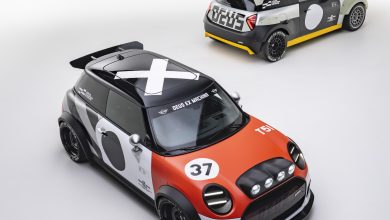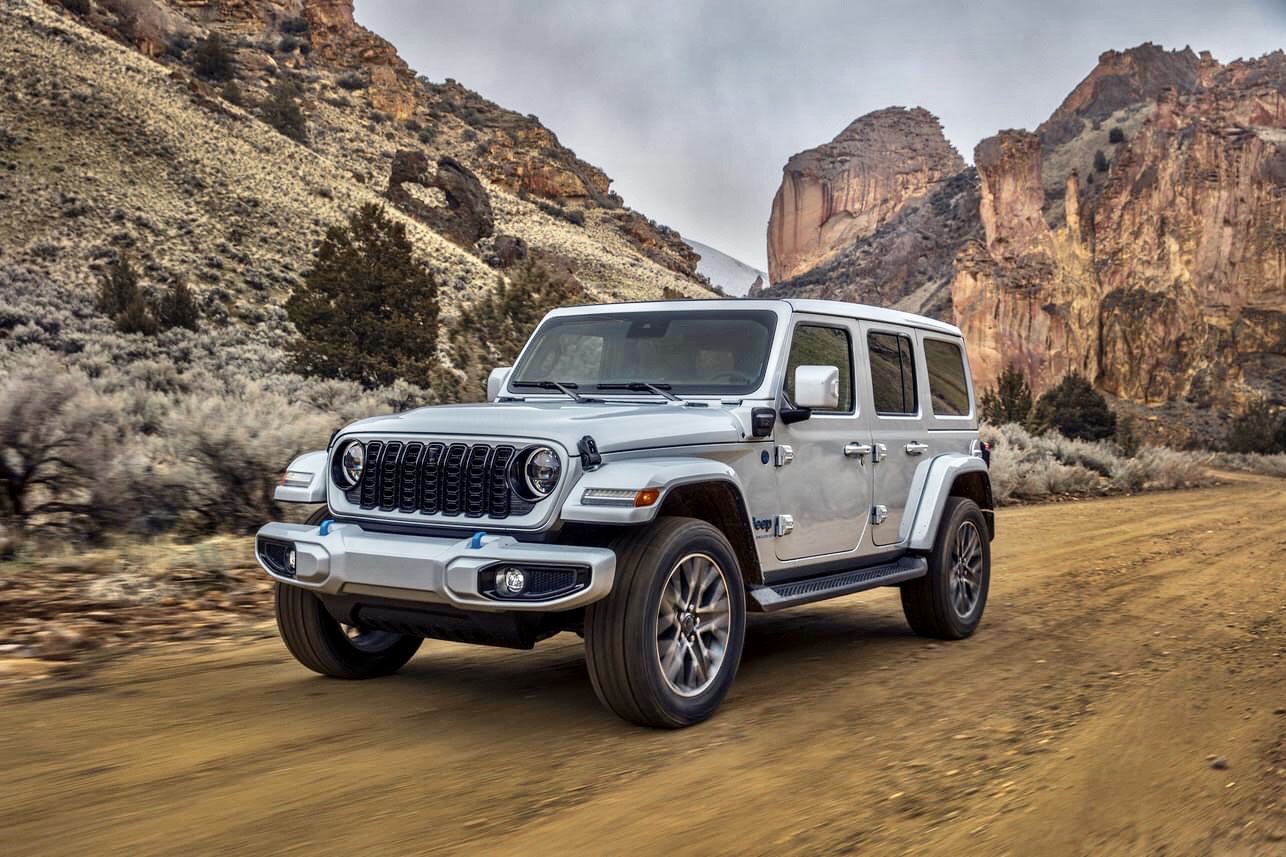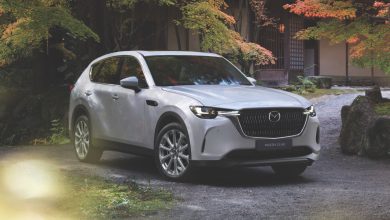Hyundai Motor’s Sonata Hybrid Makes Global Debut
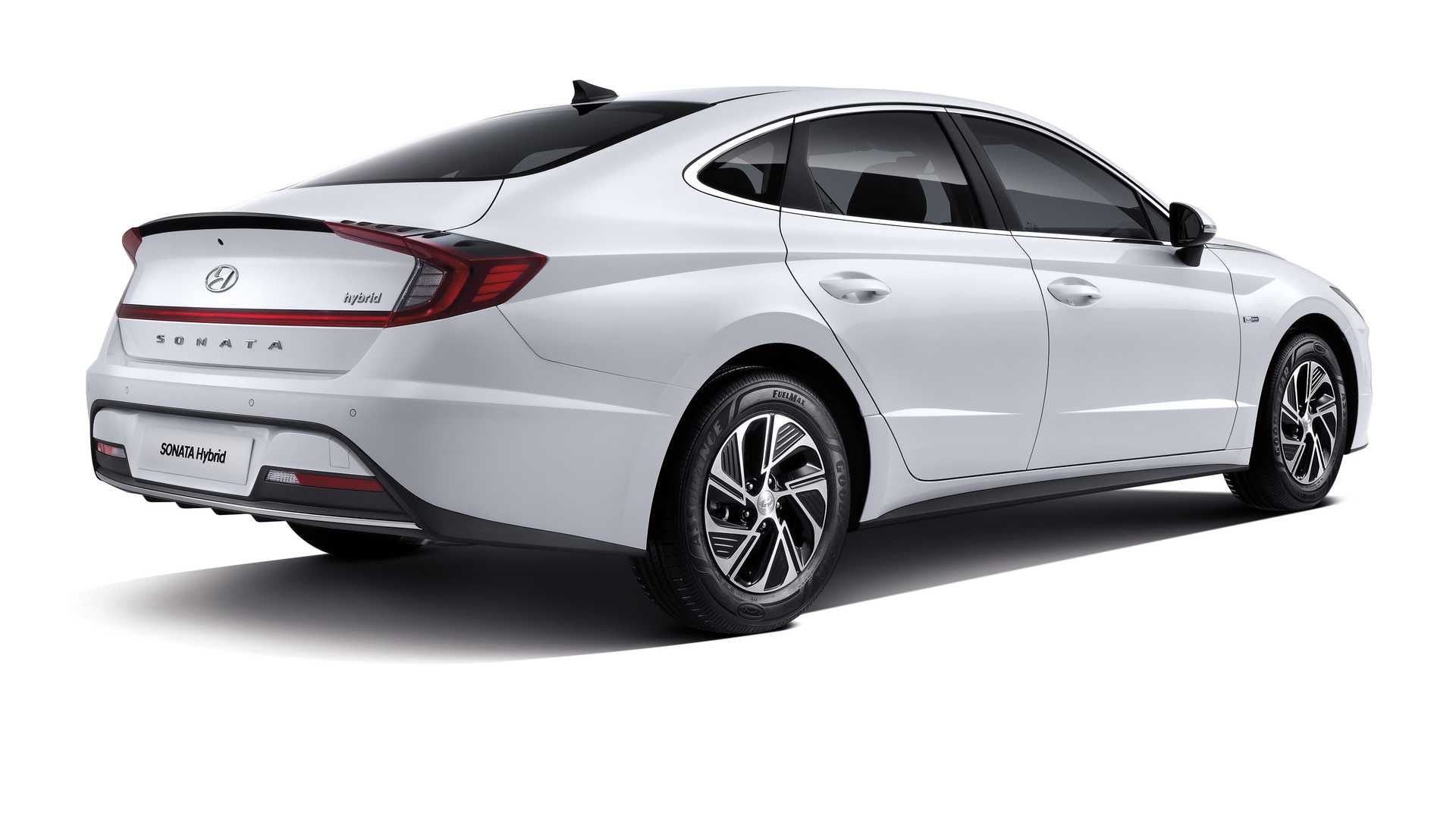
Hyundai Motor launched Sonata Hybrid equipped with world’s first Active Shift Control (ASC) technology and solar roof system.
The Sonata hybrid boasts hybrid exclusive design with enhanced dynamic elements. The hybrid model is equipped with unique characterizing cross hole cascading grille, rear spoiler, and alloy wheel which not only accentuate the look and feel of an eco-friendly vehicle but also provide fine-tuned aerodynamics.
Hyundai Motor’s solar roof system makes its debut on the Sonata Hybrid. The system recharges the battery to increase travel distance while preventing unnecessary battery discharge. The solar roof system, with 6 hours of daily charging, is expected to increase travel distance by an extra 1,300km annually.
Hyundai also applied world first ASC technology to improve the dynamic driving experience and fuel economy of the vehicle.
ASC applies new control logic software to the Hybrid Control Unit (HCU), which then controls the electric motor to align the rotational speeds of the engine and transmission, ultimately reducing gear shift time by 30%.
With the synchronization, ASC not only improves hybrid vehicle’s acceleration performance and fuel economy, but also durability of the transmission by minimizing friction during a gear shift.
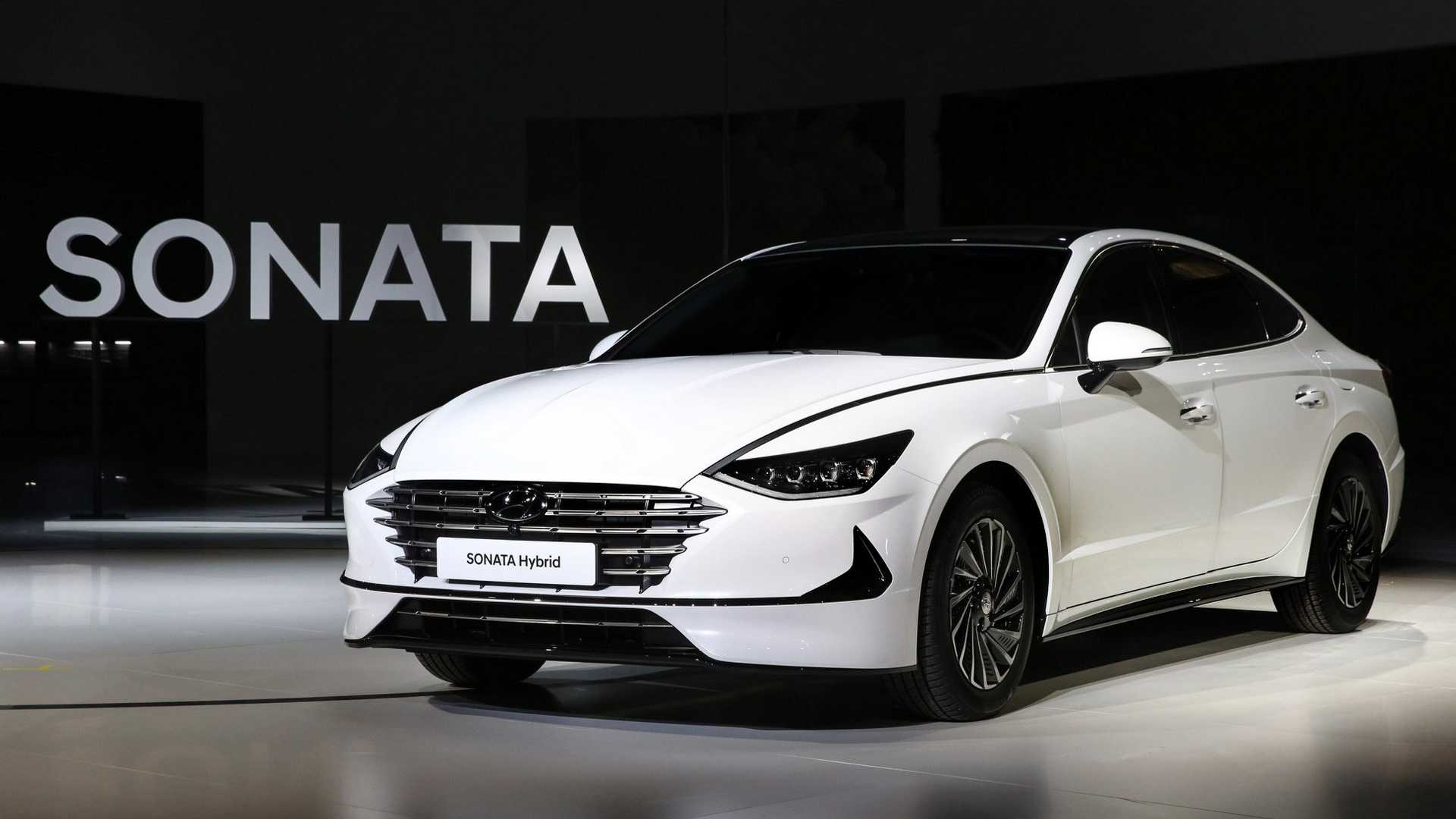

Sonata is equipped with Smartstream G2.0 GDi HEV engine and 6-speed hybrid transmission. The engine’s power output is 152ps and maximum torque is 19.2kgf·m. The vehicle’s electric motor delivers power output of 38kw and maximum torque of 205 Nm. Combined system power output is 195ps and vehicle also boasts combined fuel economy of 20.1km/l.
Continuing from Sonata, the hybrid has latest high tech convenience features such as Digital Key.
Digital Key
Continuing to promote the latest advances in technology, the new Sonata supports a ‘Digital Key’ function via a dedicated smartphone app. Digital Key utilizes Near Field Communication (NFC) technology, which exhibits a high level of security. The NFC wireless data communication takes place only when the device and the reader are placed several centimeters apart.
Hyundai’s Digital Key can also control selected vehicle systems remotely via smartphone. Using Bluetooth Low Energy (BLE) communication, users can lock and unlock the vehicle, activate the alarm and even start the engine.
The level of access to different vehicle functions can be tailored to each user, for a defined period. The vehicle owner can preset the duration of vehicle use or limit the use to only certain features when renting the vehicle.
Sonata Hybrid also has onboard array of ADAS features including Forward Collision-Avoidance Assist and Lane Follow Assist.
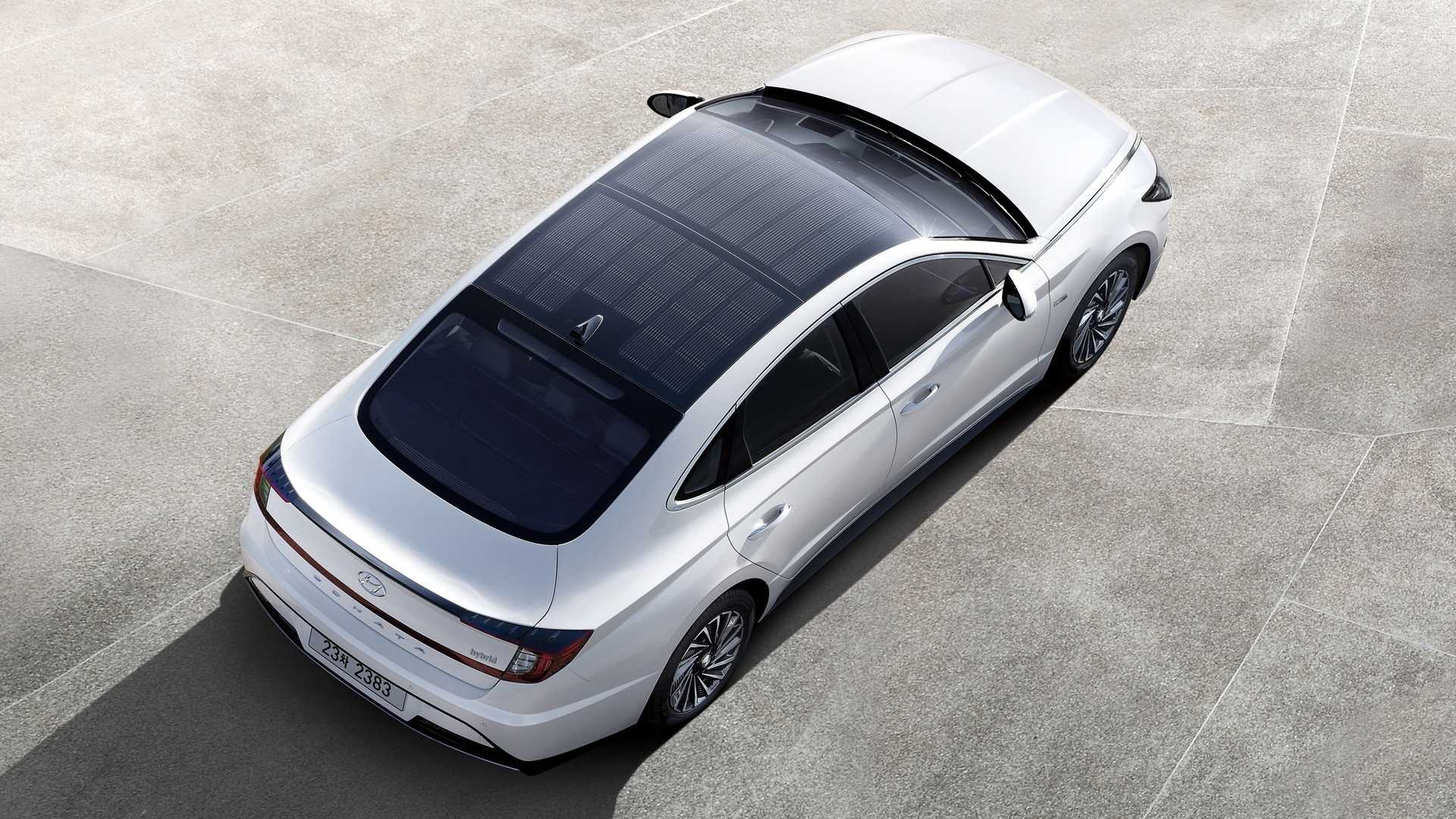
Forward Collision-Avoidance Assist
Sonata is fitted with Forward Collision-Avoidance Assist (FCA) which is capable of pedestrian detection, an advanced active safety feature that alerts drivers to emergency situations, and braking autonomously if required. Using front radar and front view camera sensors, FCA operates in three stages. Initially warning the driver visually and acoustically, it assesses the nature of the collision danger and can apply increasing amounts of braking force to avoid a collision or minimize damage when a collision is unavoidable. The system is activated when a vehicle, pedestrian or cyclist is sensed in front of the car.
Lane Follow Assist
Lane Follow Assist automatically adjusts steering to help keep the vehicle centered in its lane of travel. LFA can keep the vehicle centered at speeds between 0 and 145 kilometers per hour on both highways and city streets.
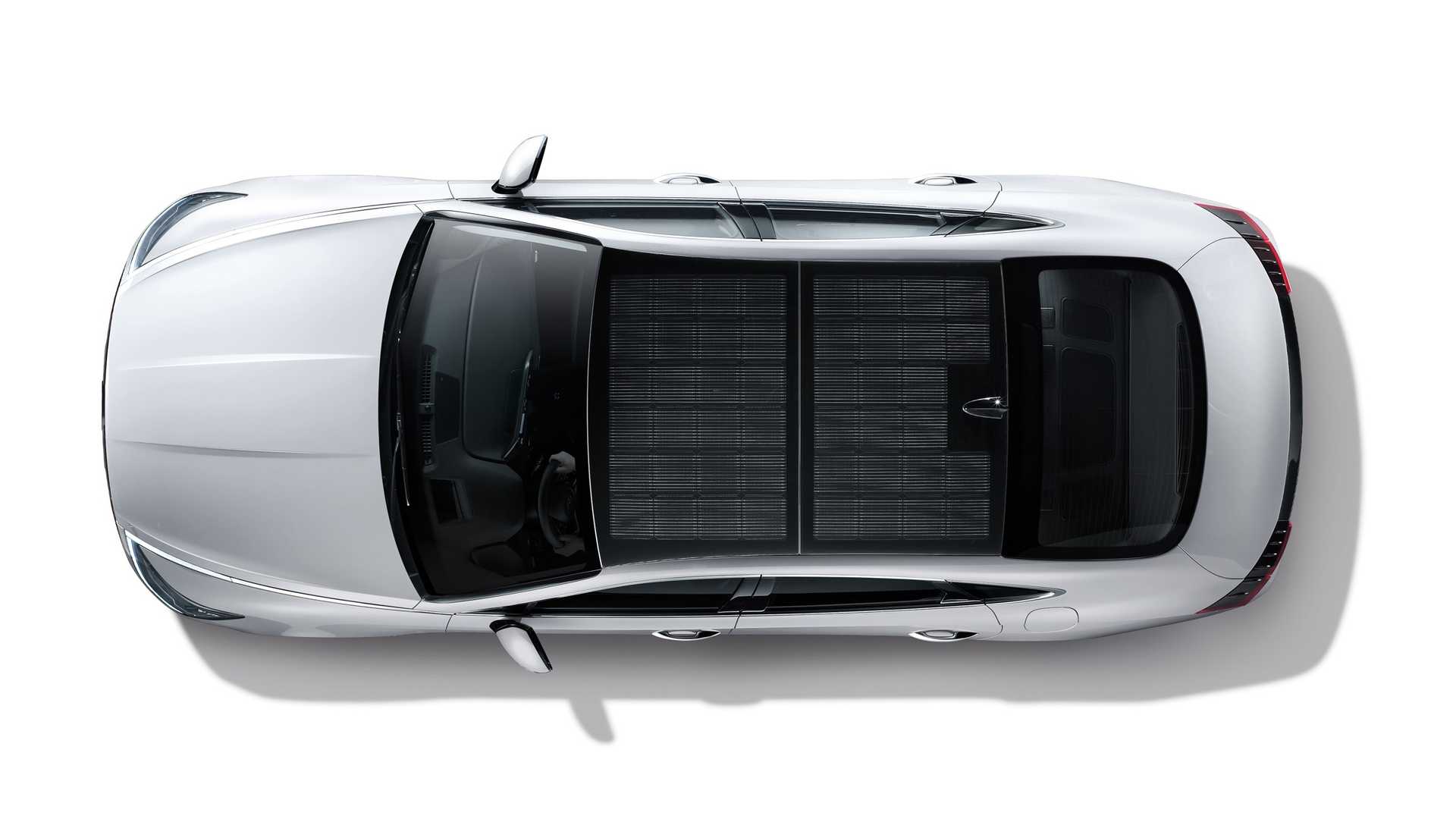
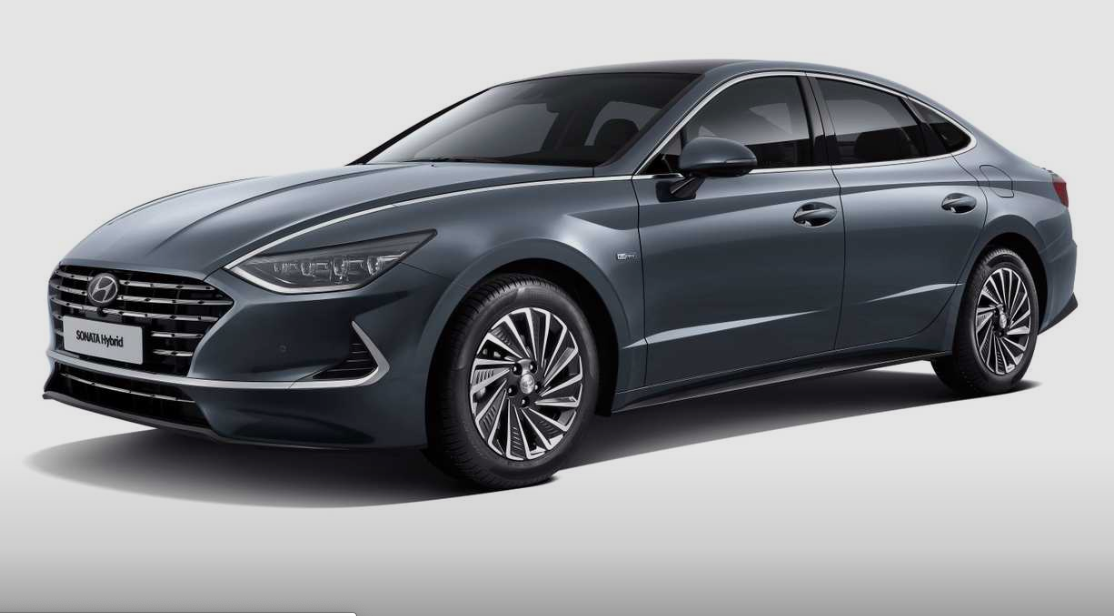
Technical Specification
| Length (mm) | 4,900 | |
| Width (mm) | 1,860 | |
| Height (mm) | 1,445 | |
| Wheel Base (mm) | 2,840 | |
| Engine | Smartstream G2.0 GDi HEV | |
| Transmission | 6-speed hybrid automatic transmission | |
| Combined Fuel Economy (km/l) | 20.1 (16inch)
19.1 (17inch) |
|
| Displacement (cc) | 1,999 | |
| Engine | Max. Power Output (ps) | 152 |
| Max. Torque (kgf·m) | 19.2 | |
| Motor | Max. Power Output (kw) | 38 |
| Max. Torque (N·m) | 205 | |
| System Power Output (ps) | 195 | |
| Trunk Space (ℓ, VDA) | 510 | |

